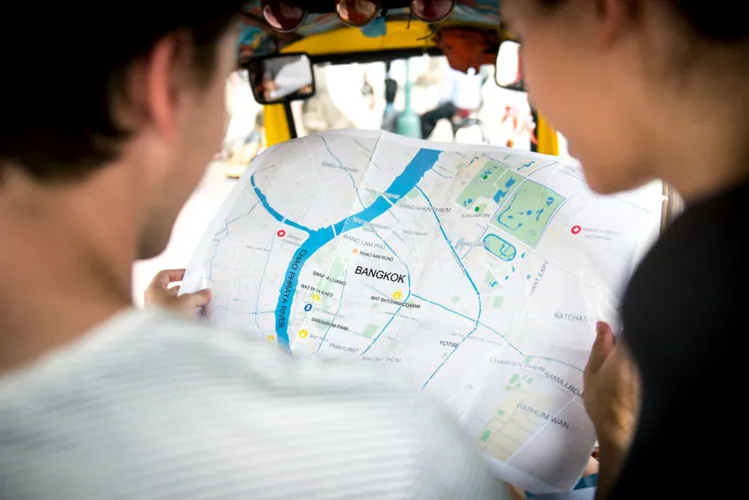The Thailand Media Landscape Evolution is being shaped by one clear trend: digital media dominance. In 2024, 67% of Thai consumers said they noticed ads online—up from 63% in 2019. Even more impressive, 71% said online ads hold their attention better than other formats. This digital surge has led to big changes in where advertising money goes. In 2025, advertising revenue is expected to reach 122 billion baht, with digital media growing 14.5%—outpacing TV and becoming the country’s most powerful medium.

Thailand Media Landscape Evolution: Traditional Media Finds a Second Wind
While digital is booming, traditional media isn’t dead. In fact, some formats are making a comeback. Billboards remain effective, with 74% of ad-aware consumers noticing them. Event promotions also hold strong appeal, especially among those aged 25 to 54, with 68% noticing these efforts. Still, not all traditional formats are holding up. Newspaper advertising is set to fall by 20% in 2025, showing that print media is struggling to adapt to digital habits.
Influencers Take the Spotlight
One of the biggest shifts in Thailand’s media is the rise of the influencer economy. The market is projected to grow 10.24% annually, reaching 3.86 billion baht by 2029. Platforms like TikTok, Instagram, and Facebook Reels have turned everyday users into content creators, democratizing media influence. And niche influencers are especially powerful. For example, street food vendors and local artisans have gained massive followings by showcasing authentic Thai culture. This trend reflects a broader global shift, where consumers now trust individuals more than institutions. As a result, it's leading influencers to compete directly with traditional media for attention and credibility.
AI and the Rise of Smart Content Creation
Another force reshaping Thailand’s media landscape is artificial intelligence (AI). With a 95% acceptance rate among Thai journalists, AI tools are now deeply integrated into content workflows. Newsrooms use automated writing assistants for breaking news, AI-driven analytics to predict viral trends, and even synthetic voices for podcast narration. This isn’t just about efficiency—it’s also about engagement. AI isn’t just about efficiency—it’s also about enhancing engagement. By analyzing user behavior, media companies can tailor content to audience preferences, increasing retention in an era of algorithm-driven news feeds.
TV and Print Struggle to Keep Up in the Thailand Media Landscape Evolution
Not all media channels are thriving. Digital TV is losing ground due to competition from streaming platforms and social media. Many networks are now downsizing or restructuring in response to shrinking ad revenue and changing viewer habits. The Creator Economy is another challenge. With more people producing their own content, audiences have more choices than ever. Traditional channels are finding it hard to retain viewers in this crowded space.
Print media faces a similar struggle, with magazine circulations dropping every year. However, some niche publications—like travel and luxury lifestyle magazines—are surviving by offering premium, collectible print editions alongside digital memberships.
The Way Forward
As Thailand Media Landscape Evolution continues, companies must adapt quickly. Investing in digital, partnering with influencers, and using AI for smarter content are no longer optional—they’re essential. For media professionals, the key lies in innovation and independence. With social media platforms dominating the digital space, many are now looking to build their own platforms and communities to stay relevant.







